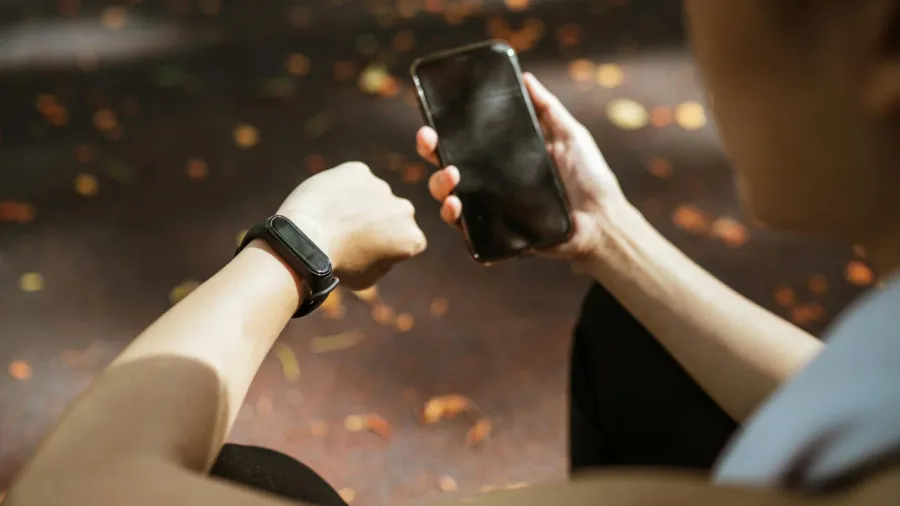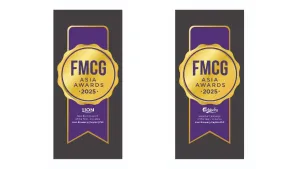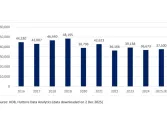
India’s wearable market down 11.3% in 2024
This marks its first-ever annual drop.
The wearable device market in India declined 11.3% year-on-year to 119 million units in 2024, marking its first-ever annual drop, according to the International Data Corporation (IDC) India Monthly Wearable Device Tracker.
The market also shrank for the third consecutive quarter, reporting an 8.7% decline in Q4 2024, with shipments totaling 25.9 million units.
The average selling price (ASP) of wearables dropped by 7.1% to $19.8, marking a slowdown after five years of double-digit declines.
The smartwatch segment was the hardest hit, with shipments plunging 34.4% YoY to 35 million units. The category’s share within overall wearables dropped from 39.8% in 2023 to 29.4% in 2024. Analysts attributed this decline to a lack of meaningful innovations and technological advancements, leading to reduced consumer demand.
Smartwatch ASPs also fell 9.1% from $25.8 to $23.5, whilst advanced smartwatches saw a 13.1% YoY decline. However, their share within the category slightly improved from 2.1% to 2.8%.
Earwear shipments grew 3.8% to 83.5 million units. The Wireless Stereo (TWS) segment increased 9.4%, reaching a record 70.9% share, whilst neckbands fell 17.1%. Over-the-ear models jumped 83.6% to 4.5 million units. ASPs declined 3% to $17.6.
Meanwhile, offline channel shipments grew 7.2%, capturing 37.8% of the market (up from 31.3% in 2023). However, online channel shipments declined by 19.7%, marking a significant slowdown after years of double-digit growth.
Smartwatch sales were the primary drag on online growth, with online smartwatch shipments dropping 43.0%. Earwear shipments via online platforms also declined by 5.1% YoY.
The smart ring category showed strong momentum, with shipments reaching 323,000 units in 2024, up from 113,000 units in 2023. ASPs for smart rings increased 1.9% to $174.7.
Looking ahead, IDC expects India’s wearable market to remain flat in 2025, as the decline in smartwatches offsets single-digit growth in earwear.
“Emerging categories like smart rings and smart glasses are expected to see high double-digit growth,” said Vikas Sharma, senior market analyst, Smart Wearable Devices, IDC India.
“In the upcoming quarters, innovations will likely revolve around the convergence of advanced sensing technologies and artificial intelligence applications plus more sophisticated health monitoring features like blood pressure monitoring,” he added.

















 Advertise
Advertise





